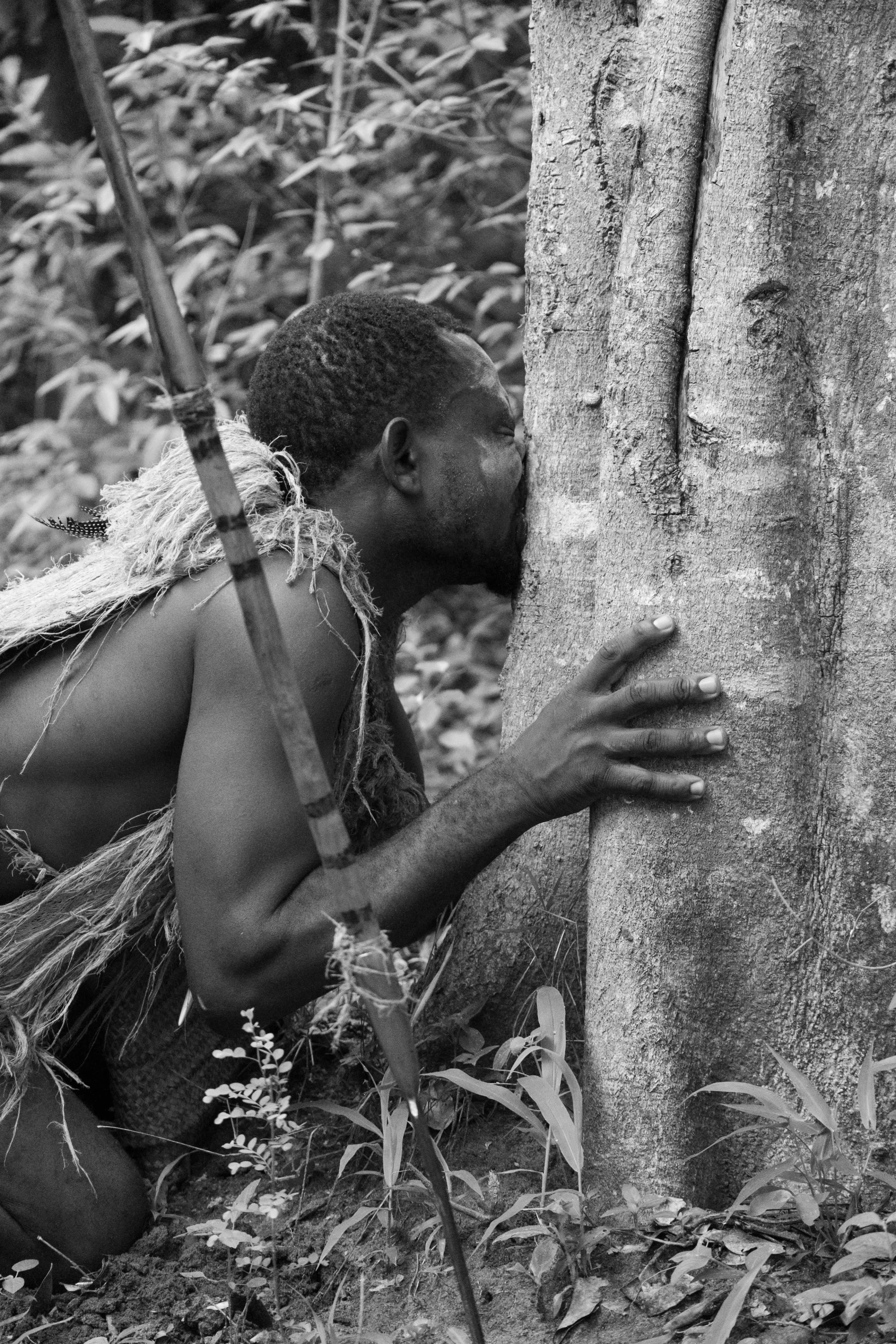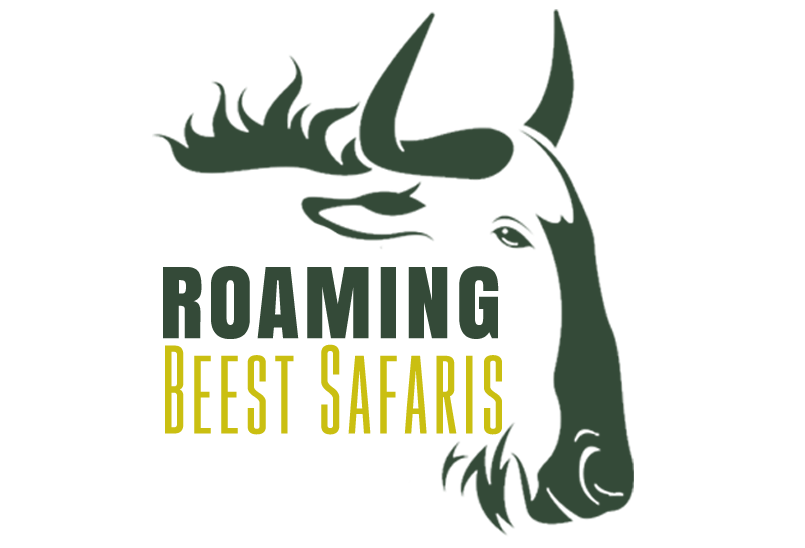
The Hadzabe Tribe – A Journey into Tanzania’s Ancient Hunter-Gatherer Culture
Tucked away in the remote regions of Lake Eyasi, Tanzania, the Hadzabe (Hadza) people are one of the last remaining hunter-gatherer tribes in Africa, living as they have for thousands of years. Their way of life remains untouched by modern civilization, making a visit to the Hadzabe community an extraordinary cultural experience. Unlike many other tribes, the Hadzabe have resisted outside influences and continue to live in harmony with nature, relying on traditional hunting and foraging skills for survival.
A visit to the Hadzabe is not just a cultural tour—it is a journey back in time to witness how humans lived before agriculture, offering an authentic and immersive experience that few places on Earth can provide. This unique encounter allows visitors to step into the world of the Hadzabe, learning about their hunting techniques, survival skills, traditions, and ancient wisdom passed down through generations.
Who Are the Hadzabe?
The Hadzabe are an indigenous ethnic group living around Lake Eyasi in Northern Tanzania, near the Serengeti and Ngorongoro Crater. They are one of the last remaining true hunter-gatherer societies in the world, with a population of just around 1,200 individuals. Their lifestyle is a direct reflection of how early humans lived thousands of years ago, relying entirely on hunting wild animals, gathering berries, roots, and honey, and making use of everything nature provides.
Unlike other Tanzanian tribes such as the Maasai and Chagga, the Hadzabe do not practice agriculture, livestock keeping, or permanent settlements. They live in temporary grass huts or under rock shelters, moving frequently in search of food. Their diet consists mainly of wild game (antelope, guinea fowl, and small animals), honey from wild bees, tubers, and wild fruits. The Hadzabe men are skilled hunters, using handmade bows and poisoned arrows to catch their prey, while women gather fruits, nuts, and roots.
Perhaps the most fascinating aspect of Hadzabe culture is their language, which is a unique click language similar to those spoken by the San people of Southern Africa. It is one of the world’s most distinct linguistic systems, consisting of clicking sounds mixed with traditional speech, making it both beautiful and intriguing to listen to.
The Hadzabe Hunting Experience – Step Into the Wild
One of the most exciting aspects of visiting the Hadzabe tribe is the opportunity to join the men on an authentic hunting trip. Unlike staged experiences found in some cultural tours, this is a real, unscripted hunting expedition where visitors accompany the Hadzabe at dawn as they track, stalk, and hunt for food. The Hadzabe hunt with bows and arrows, using poisoned tips made from the desert rose plant to paralyze their prey.
Hunting with the Hadzabe is a thrilling and eye-opening experience, allowing visitors to witness firsthand the primitive survival skills that have sustained these people for generations. The Hadzabe have an extraordinary ability to read the land, identifying animal tracks, broken twigs, and subtle signs of wildlife movement. They move swiftly and silently, blending seamlessly into the environment as they hunt small game such as guinea fowls, dik-diks, and baboons.
For those who wish to learn archery, the Hadzabe will gladly teach visitors how to use a traditional bow and arrow, offering a chance to test their skills at hitting targets. Watching the deep connection between the Hadzabe and their environment is a humbling experience that reminds us of humanity’s ancient roots in nature.
Daily Life of the Hadzabe – Gathering, Storytelling, and Traditions
The Hadzabe’s daily life revolves around their surroundings and natural resources. While men go hunting, the women and children gather fruits, tubers, and honey, which form an essential part of their diet. They use simple digging sticks to unearth edible roots, and they are expert foragers, knowing exactly which plants are safe to eat and which are used for medicine.
Evenings in the Hadzabe camp are filled with storytelling, singing, and dancing around the fire. These gatherings are not only a way to share experiences but also a vital part of their oral tradition, passing down knowledge from one generation to the next. Their dances are energetic and rhythmic, often involving the entire community in chanting, clapping, and stamping to celebrate a successful hunt or a special occasion.
Despite modernization pressures, the Hadzabe have managed to maintain their traditional ways, thanks in part to conservation efforts and tourism initiatives that respect their autonomy while supporting their sustainable way of life. Unlike many indigenous communities, the Hadzabe do not have chiefs or formal leaders; decisions are made collectively, and they live in small, nomadic groups.
When and How to Visit the Hadzabe Tribe
Visiting the Hadzabe is a once-in-a-lifetime experience, best done as part of a cultural safari in Northern Tanzania. The Hadzabe live near Lake Eyasi, making it an easy addition to a Serengeti, Ngorongoro, or Tarangire safari itinerary.
Best Time to Visit:
The Hadzabe can be visited year-round, but the best time is during the dry seasons (June to October & January to February) when hunting is easier and wildlife is more active. The rainy seasons (March to May & November to December) can make travel to remote villages more challenging, but the landscape is lush and beautiful.
How to Get There:
- From Arusha: A 4 to 5-hour drive takes you to Lake Eyasi, the closest location to the Hadzabe settlements.
- From Karatu or Ngorongoro: A 1 to 2-hour drive makes this a perfect day trip after a safari in Ngorongoro.
What to Expect During a Visit:
- Join the Hadzabe men on a real hunting expedition.
- Learn traditional archery and survival skills.
- Gather food with the Hadzabe women and learn about medicinal plants.
- Experience traditional dances and storytelling by the fire.
- Witness a culture unchanged for thousands of years.
A visit to the Hadzabe is not a tourist show—it is an authentic and immersive cultural experience, offering travelers a rare glimpse into one of the world’s last surviving hunter-gatherer societies.
Why Visit the Hadzabe?
In a world where modern life moves at a fast pace, the Hadzabe people offer a unique perspective on simplicity, sustainability, and survival. Their way of life has remained unchanged for over 40,000 years, and visiting them is like stepping back into a time when humans lived in complete harmony with nature.
By engaging in ethical tourism that respects their traditions and way of life, visitors not only gain a deeper appreciation for ancient cultures but also contribute to the Hadzabe’s ability to sustain themselves in a rapidly changing world.
For travelers seeking an experience beyond the typical safari, meeting the Hadzabe is a rare opportunity to connect with one of the world’s oldest surviving human cultures—a journey that is both humbling and unforgettable.
Are You Ready to Step Into the World of the Hadzabe?
Let us help you plan a truly authentic and immersive Hadzabe cultural experience, where you will witness a way of life that has remained unchanged for thousands of years.

